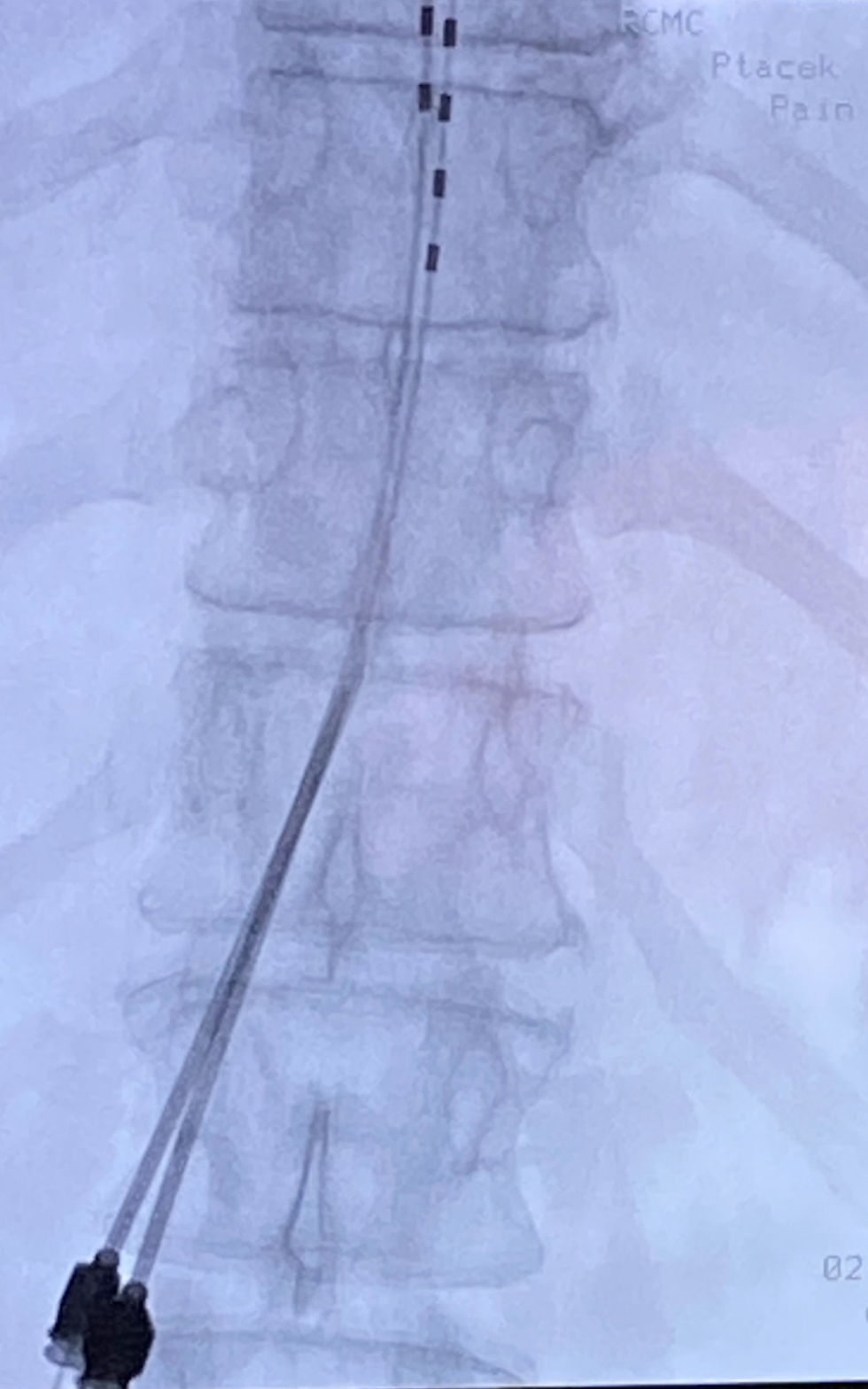Unlocking Relief: The Unknown Power of Spinal Cord Stimulation for Chronic Pain
- Tyler Ptacek
- Aug 14, 2025
- 4 min read

Chronic pain is a silent epidemic affecting millions of people worldwide. It's a heavy burden that can make even the simplest tasks feel monumental. For those enduring ongoing discomfort, finding effective relief often seems like an endless quest. While traditional treatments like medications, physical therapy, and surgeries have long been the standard, a groundbreaking method is emerging. Spinal cord stimulation (SCS) offers newfound hope for many grappling with chronic pain.
Spinal cord stimulation involves the implantation of a device that sends electrical impulses to the spinal cord. This technology alters how the brain processes pain signals. As awareness of this treatment grows, healthcare professionals are increasingly recommending it for individuals who have tried other pain management options without success.
The Reality of Chronic Pain
Chronic pain is defined as pain that lasts longer than three months, originating from conditions like injuries, arthritis, fibromyalgia, and nerve damage. It can severely impact daily living, diminish mental health, and lower overall quality of life. According to the National Institutes of Health, approximately 20% of adults in the U.S. experience chronic pain, which can lead to debilitating conditions such as depression and anxiety.
The experience of chronic pain can feel isolating. Those suffering often face misunderstanding from family and friends, who may find the pain invisible. This lack of understanding can contribute to a stigma around pain management, fostering feelings of helplessness in patients seeking effective solutions.
A Closer Look at Spinal Cord Stimulation
So, how does spinal cord stimulation operate? The SCS device is surgically placed under the skin, typically in the lower back area. A small wire, or electrode, is positioned near the spinal cord. When activated, the device emits mild electrical pulses, disrupting the transmission of pain signals to the brain.
This method does not completely erase pain but can significantly lessen its intensity. Patients often describe feeling a tingling or buzzing sensation where the pain was, which can be more manageable than the pain they previously experienced. In fact, studies show that around 50-70% of patients report substantial pain relief after receiving SCS.
Who Should Consider Spinal Cord Stimulation?
While spinal cord stimulation is not suitable for everyone, ideal candidates typically share certain characteristics:
Chronic pain unresponsive to other treatments: Patients should have longstanding pain that has failed to improve with conventional therapies.
Specific diagnoses: Conditions like complex regional pain syndrome (CRPS) or failed back surgery syndrome are often treated effectively with SCS.
Realistic expectations: Candidates should understand the potential benefits and limitations.
Prior to surgery, patients usually undergo a trial phase where a temporary device is implanted for a few days to assess the therapy's effectiveness. This step ensures the procedure is appropriate and beneficial.
Advantages of Spinal Cord Stimulation
Spinal cord stimulation has several benefits that make it a compelling treatment option:
Less Reliance on Medications: Many patients notice a significant decrease in their dependence on opioid medications post-treatment, which contributes to fewer side effects and an overall improved quality of life.
Minimally Invasive Procedure: SCS implantation is generally performed as an outpatient procedure, making it simpler compared to traditional surgical options.
Adjustable Therapy: Healthcare providers can personalize the device settings after implantation, tailoring treatment based on the patient's evolving pain levels.
Enhancement of Daily Activities: Many patients report improved mobility and a greater ability to participate in activities they once enjoyed, such as walking, exercising, or socializing.
Awareness of Risks and Considerations
While spinal cord stimulation can yield positive outcomes, it is essential to be aware of potential risks and side effects, which may include:
Infections at the surgical site.
Migration or shifting of the lead wire.
Allergic reactions to materials used in the device.
Unwanted sensations, such as numbness in unintended areas.
Maintaining open communication with healthcare providers is crucial for evaluating the effectiveness of SCS and determining if it's the right choice for individual pain management.
The Future of Spinal Cord Stimulation
Research continues to evolve, leading to refinements in spinal cord stimulation technology. Newer devices offer advanced features, allowing for better customization to meet patient needs. Additionally, there's growing interest in integrating SCS with complementary treatments like physical therapy and cognitive behavioral therapy. This holistic approach can enhance outcomes and improve overall patient well-being.
A Path to Freedom from Chronic Pain
For countless individuals living with chronic pain, spinal cord stimulation may provide a life-changing opportunity to regain control. While it is not always the first option considered, it represents a powerful possibility for those who have found minimal relief through standard methods.
If you or someone you know feels trapped by chronic pain, look into the option of spinal cord stimulation. Call 605-342-3280 to learn more about this innovative therapy and discover if it may be the right solution for you.
In exploring spinal cord stimulation, it is equally important to keep informed about various treatment strategies available for chronic pain. By focusing on comprehensive care and staying proactive, individuals can unlock a route toward relief and recovery.



Comments